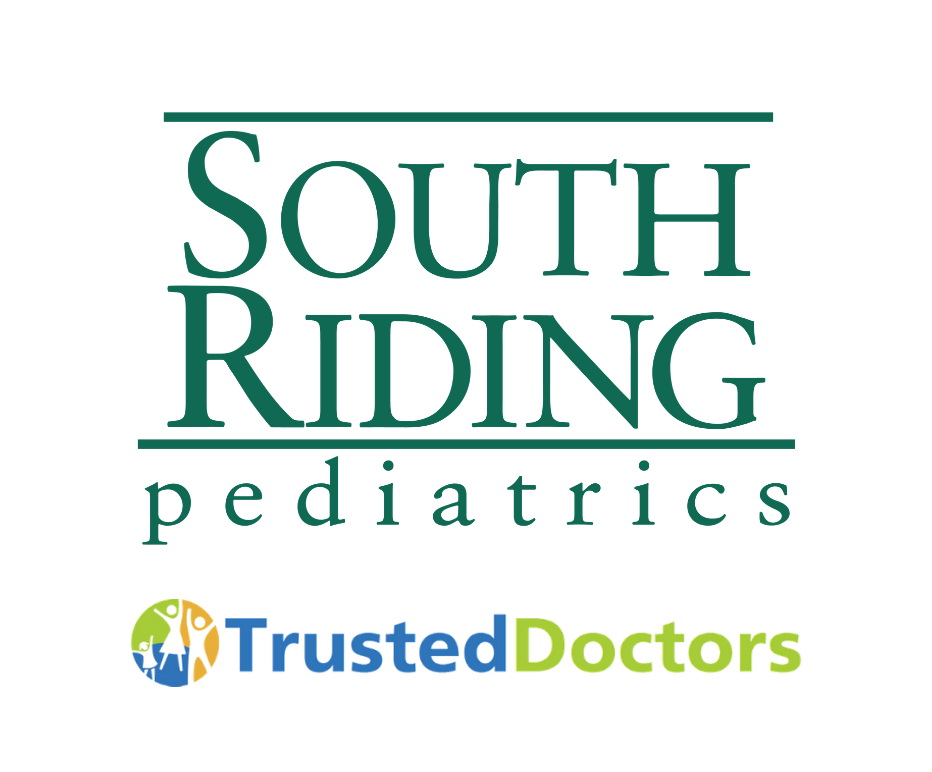Making the right food choices for your baby during the first year of life is very important, but many new parents stress over what to feed their little ones. To alleviate some of the anxiety around feeding, we’ve put together this helpful guide for your baby’s first year.
Age 0-4 months: Fed is Best
The American Academy of Pediatrics recommends breastfeeding as the sole source of nutrition for your baby for about 6 months and can be continued for as long as both mother and baby desire it. There are a number of benefits to breastfeeding for both mom and baby. That said, the decision between breastmilk, formula, or a combination of both can be a stressful one. Your choice should be made based on your preferences, any relevant maternal medical issues, and the medical/nutritional needs of your baby.
If your baby is having trouble latching, advice from medical professionals such as lactation consultants may be able to help improve the situation. However bottle feeding via either pumping and/or formula can both be great options. The goal is to make sure your child gets the nutrition she needs to grow and develop. Both breastmilk and formula provide the essential nutrients for babies to do so. A family can decide to use one exclusively, or supplement breastmilk with formula when needed. If you are unsure what’s the best option for you, consult with your pediatrician.
No matter the path you decide to take with your child, breastmilk or infant formula should be given for at least 12 months. While the baby can start sampling food between the age of 4-6 months, they are not yet able to get enough nutrients from solids alone. By your child’s first birthday, it is time to transition away from the formula to cow’s milk or fatty plant milk. Nursed children can continue drinking breastmilk for as long as the parents would like.
Check out these AAP resources for breastfeeding and formula feeding.
Impacted by the formula shortage? Check out this information on formula substitutions.
Age 4-6 months: Introduce Solids
According to the AAP, your baby can start their solid food journey between 4-6 months of age. Look for these signs that indicate your baby is ready to try solids:
- Your baby is curious about solid food
- Your baby can hold her head up
- Your baby can open her mouth when food comes her way
- Your baby can move food from a spoon into her throat
- Your baby can move her head away when she doesn’t want something
- Your baby has doubled her birth weight
If your child is at least 4 months old and meets the readiness signs above, prepare to introduce solid foods in a calm feeding environment when your infant is moderately hungry. Start with your infant seated upright and introduce small amounts of solid food at a time, feeding with a spoon or allowing finger feeding, then gradually increase the amount as the infant eats more and develops. You as a parent can decide if you want to start with purees or give them finger-sized bites of food for the baby to grasp and hold by themselves. When using bite-sized foods, it is important to consider potential choking hazards. Avoid hard textured food such as raw carrots, popcorn, or nuts. Whole berries, grapes, and other firm and round food can also be choking hazards. When you want to introduce your child to these foods you can prepare them by cutting them into halves, or quarters or by making a smoothie or purée.
Looking for more guidance? Follow this AAP guide for starting solids.
Age 6 months+: Complementary Feedings
For the next half of your child’s year, they will be eating and exploring many flavors and textures. At this point, the goal with solids is to get them used to the flavors and textures rather than providing nutrients. As they increase their food intake, the need for breastmilk and formula will decrease. Listen to your child and their hunger cues and determine how often they need to be nursed or given a bottle. Babies up to 9 months typically need 20 to 28 ounces of formula or breastmilk every three to four hours during the day. Older babies between 9 and 12 months require about 16 to 24 ounces of formula and breastmilk every 4 or 5 hours during the day. Keep in mind that these are guidelines and each child is different. Parents need to listen to their child and increase or decrease the number of bottle feedings/milk depending on their baby’s hunger cues and signs of being full. Be sure to ask your pediatrician any questions you may have.
When introducing a new food, start with single-ingredient purées or one slice of the same food. Doing so allows you to determine allergies and other food-related problems. Wait three to five days before trying something new. Remember to avoid offering honey and introducing cows milk as a beverage to a child under the age of 12 months. Products such as yogurt and cheese made with cow’s milk are safe for babies.
When offering drinks to the baby, breastmilk or formula is the best option. However, after they have passed the six-month mark they can also drink small amounts of water. Their milk will give them enough fluids to keep them hydrated so if you offer water give it in small amounts. A child under 12 months should not have more than 6 ounces of water a day.
Infants and toddlers are excellent at letting you know when they are hungry or full. Listen to their cues and don’t force them to eat if they are showing signs of being full. Always supervise your child when they are eating and contact your pediatrician if you suspect allergies or other food related issues/questions.
For more information on feeding your baby, check out the AAP’s nutrition guide.

